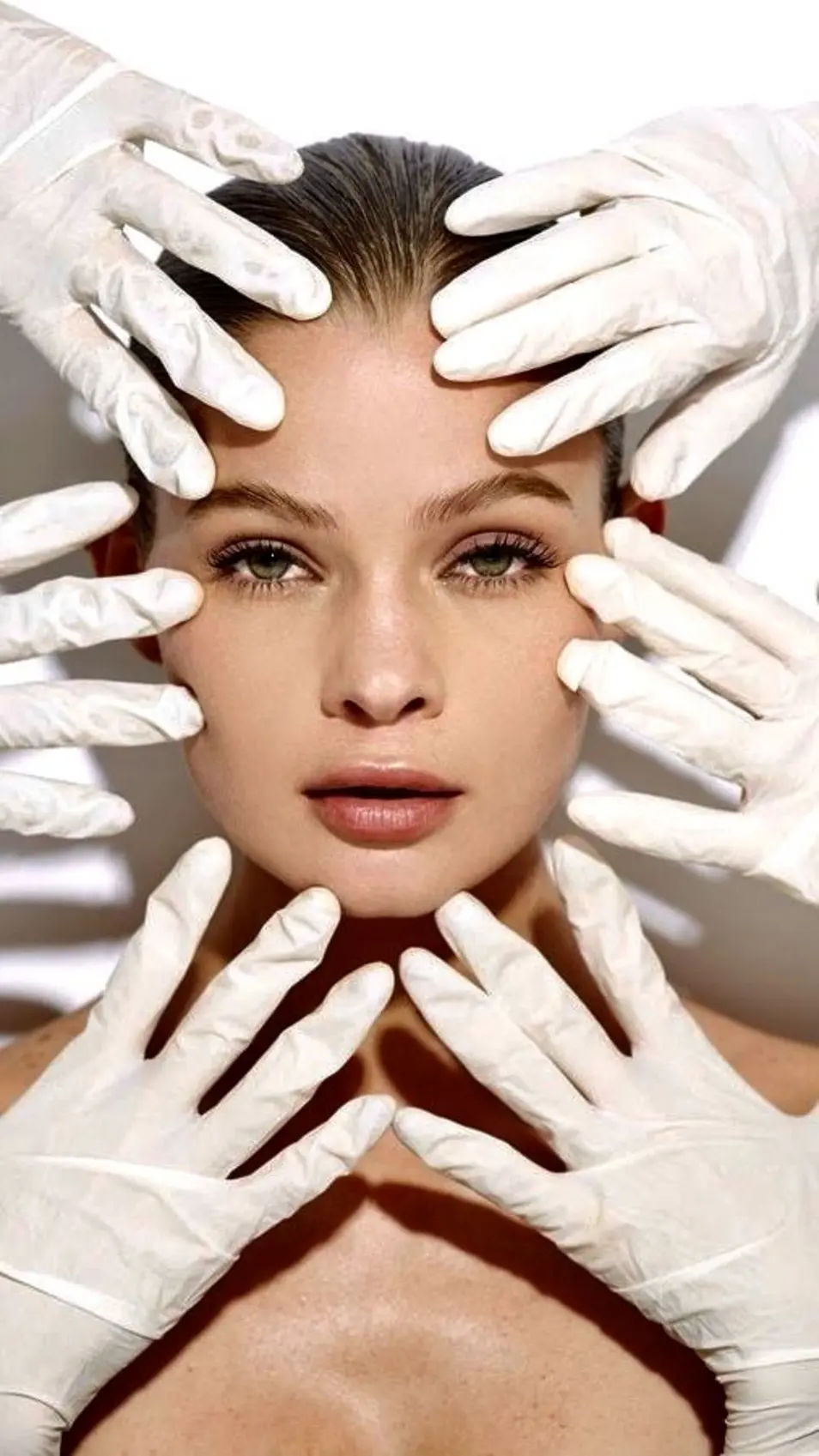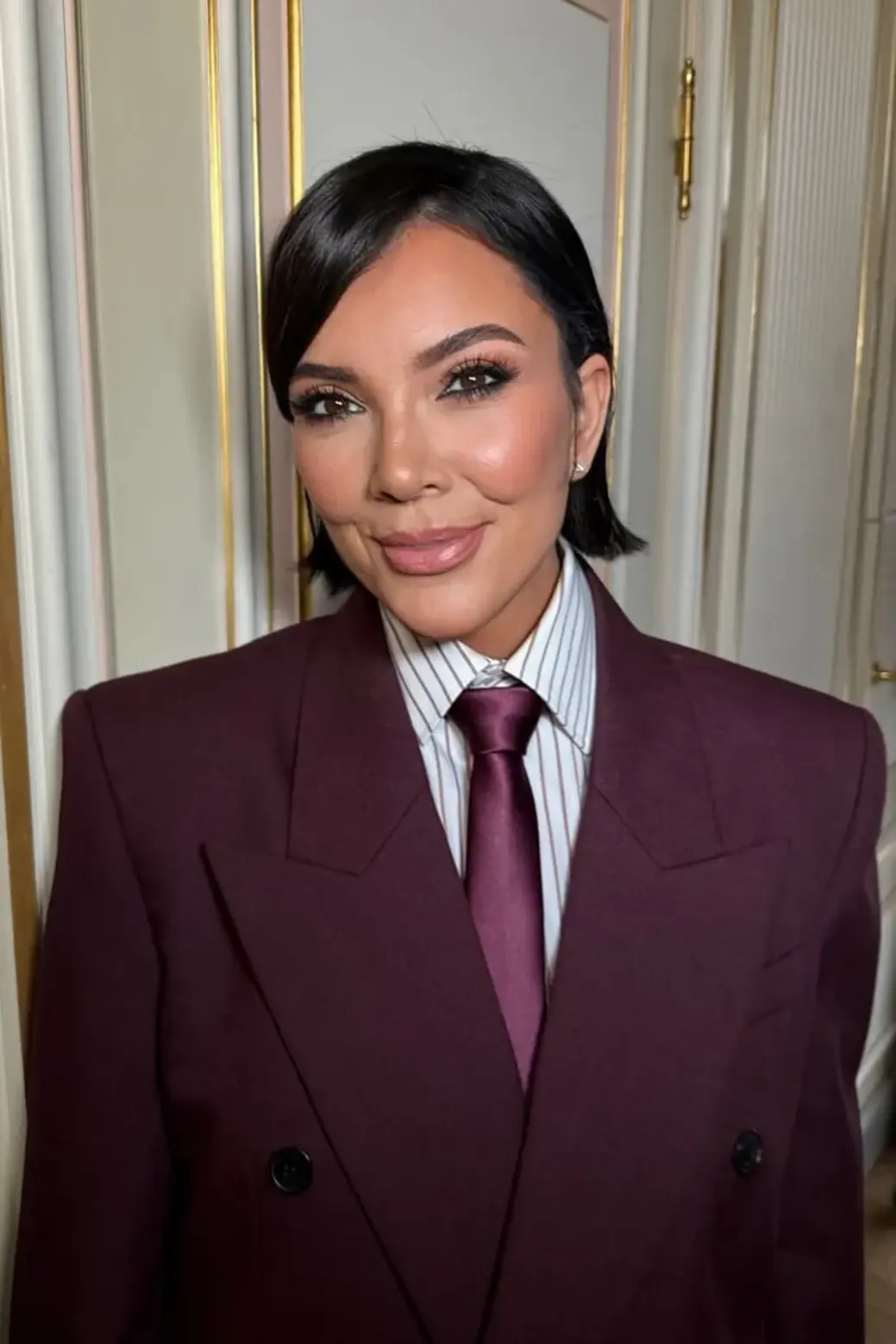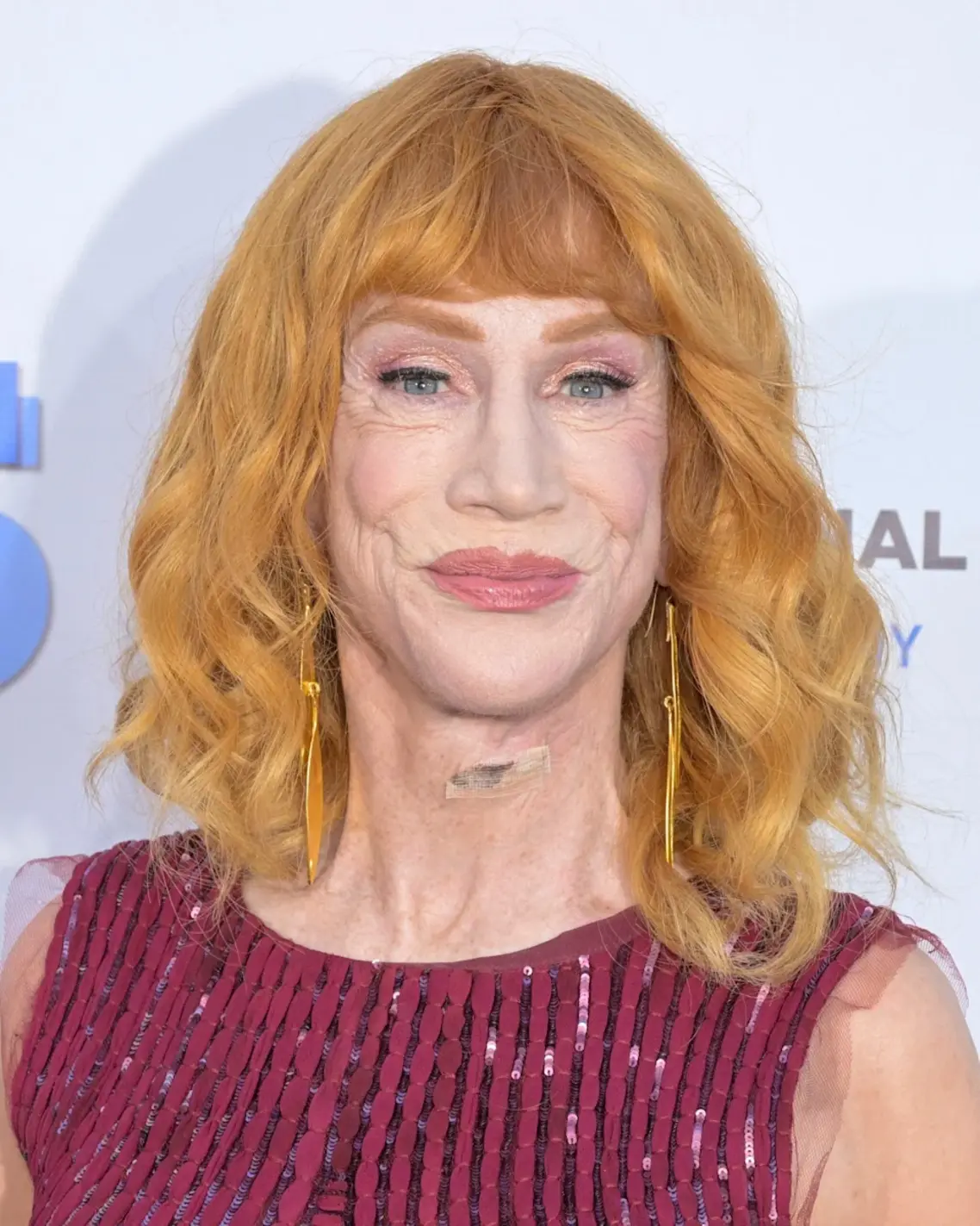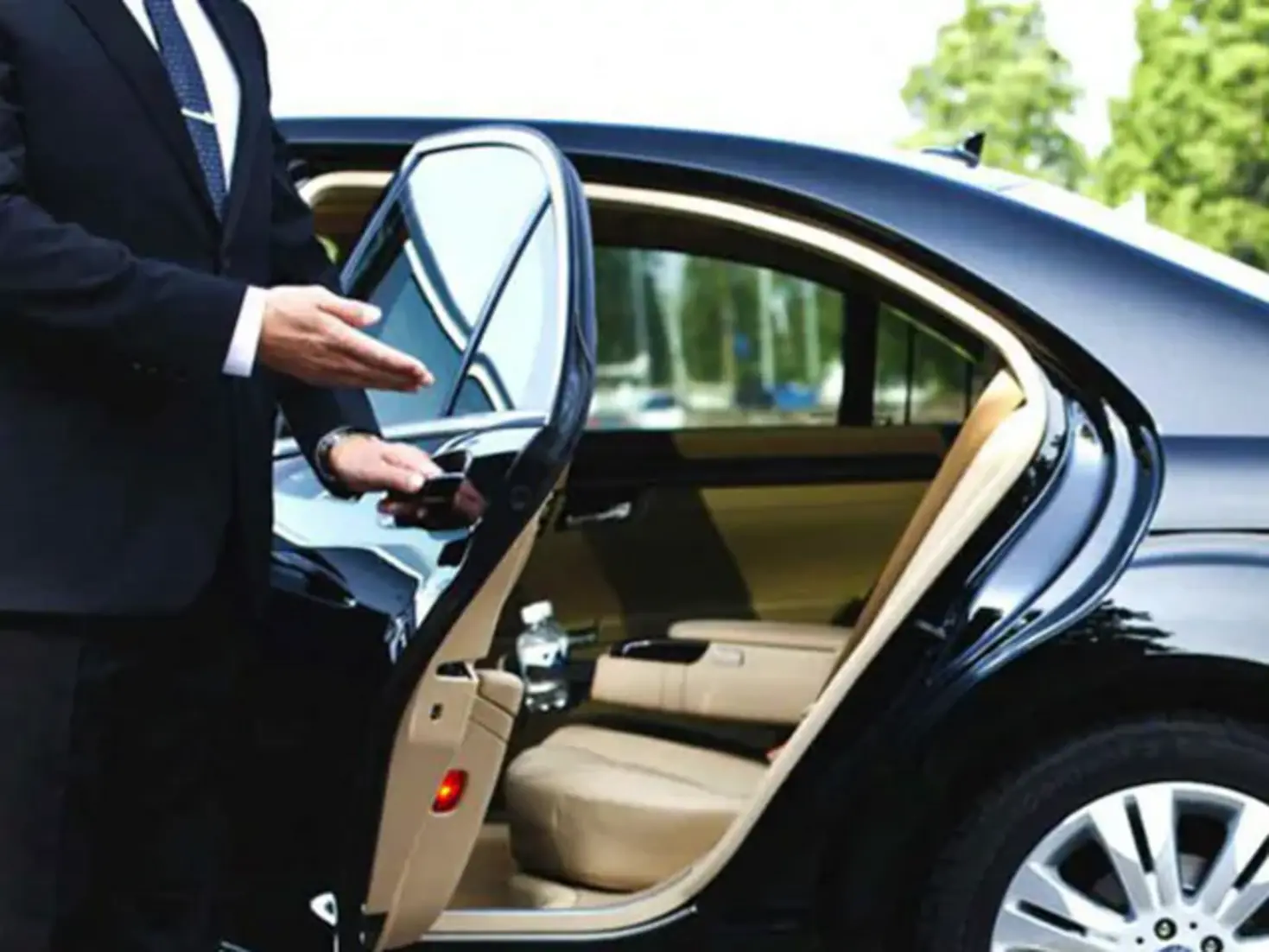Forget fridge magnets, today's souvenirs are sharper noses and tighter jawlines. As flights get cheaper and beauty ideals go global, travelers are trading sightseeing for surgery suites.

Forget fridge magnets, today's souvenirs are sharper noses and tighter jawlines. As flights get cheaper and beauty ideals go global, travelers are trading sightseeing for surgery suites.
October 12, 2025
Forget fridge magnets, today's souvenirs are sharper noses and tighter jawlines. As flights get cheaper and beauty ideals go global, travelers are trading sightseeing for surgery suites.
In the age of curated Instagram lives and 24/7 filters, travel has taken on a new meaning. Souvenir magnets and postcards have given way to sharper jawlines, sculpted cheekbones, and refreshed skin. Cosmetic tourism - the act of jetting off across borders for aesthetic enhancements - has morphed from niche to norm, intertwining medical procedure with wanderlust.
The global medical tourism market, enveloping everything from organ transplants to wellness retreats, topped $54 billion in 2022, growing at a 30% clip annually. But the aesthetic arm is among the most seductive, as people chase perfection across continents where cost, craftsmanship, and cache come together.
It is no longer an escapade; it's an upgrade. A luxury and sometimes controversial ritual where bodies become passports, and beauty the ultimate destination.
America has been at the forefront of the beauty makeover culture for decades. From Mary Hart to Oprah, the line between privacy and plastic has blurred. Yet, in recent years, cosmetic procedures have become not only normalized but badge-worthy.
Consider Kris Jenner, matriarch of a clan famed for their image oversight. At 69, her recent deep plane facelift, by Ace New York plastic surgeon Dr. Steven Levine, reportedly cost between $100,000 and $200,000 and sparked viral conversation. The deep plane technique - more involved than traditional facelifts - repositions deeper facial layers for natural longevity.

Meanwhile, Kathy Griffin, the candid comic, openly described her third facelift, eyelid lift, and chin work - performed by Dr. Ben Talei in Beverly Hills. She joked about vanity yet did not gloss over the painful recovery - or the drain tubes.

These high-profile cases illuminate a shift: cosmetic surgery is not shameful espionage - it is a conversation starter, a hashtag moment, even a new form of wardrobe extension. But experts remind us: technique names like "deep plane" matter less than finding a board-certified surgeon you trust.
Just south of the U.S. border, cities like Tijuana and Cancun are booming hubs for Americans seeking cosmetic procedures at 40–60% of U.S. prices. Packages often bundle surgery, recovery, and even beachside rehab into one streamlined - though medically complex - package.
It is lucrative tourism for Mexico. Yet, the border-beauty rush has its controversies. Reports from patient forums and forums reveal stories of botched results and serious complications, including collapsed lungs and substandard care. While there are excellent surgeons and safety protocols, because it’s medical tourism, the margin for error - and the cost of mistakes - is higher.
In the Middle East, beauty augmentation is both public and political. Cosmetic enhancements aren’t always taboo; they are celebrated.
Lebanese pop icons like Haifa Wehbe and Elissa are rumored to have had surgery - not quietly, but as a modern ritual of reinvention. A Lebanese observer once remarked, “They get pictures of celebrities and say, ‘I want to look like him or her.’” In other words: cosmetically curated beauty became a cultural benchmark.
In the Gulf, Dubai has raised aesthetic tourism to spectacle. Clinics are luxury hotels, injecting both fillers and va-va-voom with equal precision. Concierge chauffeurs, VIP recovery suites, and international clientele have turned cosmetic care into couture.

Kris Jenner, as noted, became a case study in how high-investment facelifts re-enter public discourse as style statements.
Kathy Griffin broke the façade of vanity with brutal honesty - facelift, eyelid surgery, chin, drains, and scarves - then marched right into Pilates in Malibu.
In the Middle East, icons like Haifa Wehbe practically turned their aesthetic transformation into national dialogue - viral before-and-after photos fuel fandom and mimicry alike.
These transformations do not happen in sterile rooms alone - they are meticulously choreographed performances, where beauty intersects with branding. A carefully executed facelift or BBL becomes runway-worthy. Surgeons become uncredited artists, and bodies the custom-tailored couture.
But unlike fabric, bodies age, shift, and heal unpredictably. The stakes - and stigmas - are higher. In chasing youth or identity, patients can lose something vital: authenticity. Critics worry beauty becomes homogenized, pluralistic diversity replaced by collective cosmetic templates.
The next wave is washing in fast. Think plastic surgery visas, teleconsults that begin before you land, and aesthetic-yoga retreats where fraxel treatments accompany matcha lattes.
Yet, as cosmetic tourism accelerates, so do ethical dilemmas. Are we commodifying beauty at the cost of safety and self? Does the quest for global glamour erode cultural uniqueness?
Beauty once meant a passport stamp, a sunset snapshot. Now, in an age of cosmetic passports, surgeries sit beside souvenirs. The global consumer is labeled - and sometimes literally sculpted.
But amidst this cross-border competition for beauty, one truth remains: health is deeply personal, even when beauty becomes a status symbol. So, yes, board the flight if you're prepared—but remember to bring a trusted doctor, a realistic heart, and the humility that not all transformations require passports.
https://drive.google.com/drive/folders/1-5F867LFL-gSQk63YfAm_v0Mt1LRkOaL?usp=drive_link